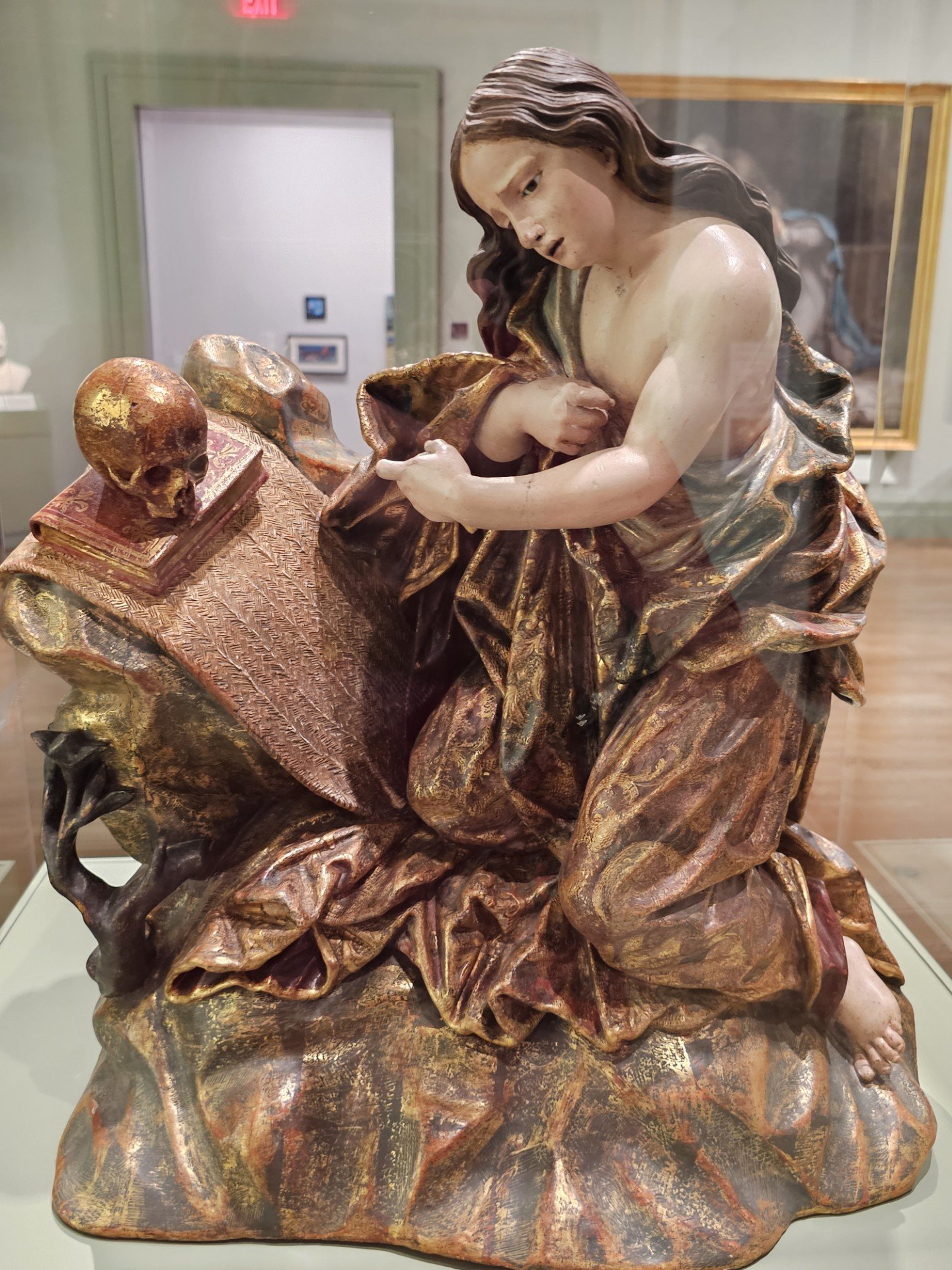As Paul travels to deliver the collection to the poor saints in Jerusalem, he is warned several times that he will suffer upon his arrival. In Acts 21:7-14, this warning comes from Philip’s daughters. Luke says they are “unmarried daughters, who prophesied.” What can we know about Philip’s daughters and what they prophesied?
After the layover in Tyre, the group arrives in Ptolemais, known today as Acco. Paul only stays there one day, just enough time to greet the Christians. Only 30 miles from Tyre, Acco is an ancient seaport first mentioned in Egyptian Middle Kingdom texts (2040 BC-1782 BC). Compared to Tyre (seven days) and Caesarea (“some days”), this is a brief stop. The best explanation is that the boat did not need to load or unload any cargo.
Caesarea is 36.7 miles from Ptolemais, which can be reached in two days by walking or in one day by boat. Arriving in Caesarea, Paul’s group enters the house of Philip the evangelist, “one of the seven” (21:8). Paul stays with Philip for some time. Philip was one of the deacons appointed in Acts 6. Luke narrated his ministry in Samaria, and he preached the Gospel to the Ethiopian Eunuch (Acts 8). Acts 8:40 summarizes his work along the coast “until he came to Caesarea.”
Tomb of Philip at Heiropolis
By this time, Philip lives in a house and has four unmarried daughters who are prophets. Luke points out that they are unmarried (ESV), using the noun παρθένος, which means “virgin.” Luke’s point is that they are young daughters (Keener, “Why Mention Their Virginity?” in Acts, 3:3094-3102). In Luke 2:37, the Holy Spirit inspired a very old woman; here, the Holy Spirit inspires very young women. Luke does not tell us what the four daughters prophesied. Technically, he does not call them prophets but uses a present active participle of προφητεύω. Most commentators believe they convey a message similar to that of the prophets in Tyre and Agabus in the next verse.
According to the early Christian historian Eusebius, Philip and his family migrated to Hierapolis in Asia Minor shortly after the events described in Acts 21. There is a church in Hierapolis dedicated to the martyrdom of Philip. His tomb was recently discovered near the church.
After him, the four daughters of Philip, who were also prophetesses, were at Hierapolis in Asia. Their grave is there, and likewise that of their father. (Eusebius, 3.31, citing Proclus, a second-century Montanist)
The daughters lived long lives. According to Papias, they were a source of information on the apostles (Eusebius, 3.39).
Now, it has already been pointed out above that Philip the Apostle lived at Hierapolis with his daughters, but it must now be noted that Papias, who was a contemporary of theirs, reveals that he received a marvelous story from the daughters of Philip, for he relates that a resurrection of a corpse took place in his time. Eusebius, Eccl.Hist 3.39, citing Papias.
Richard Bauckham suggests that it is plausible Papias knew the daughters of Philip, as Papias would have been about twenty years old in AD 90 (Jesus and the Eyewitnesses, Eerdmans, 2008, 18). Unfortunately, Papias (and other traditions) confuse Philip the Apostle and Philip the Evangelist, who had four daughters.

 3 days ago
17
3 days ago
17










 English (US) ·
English (US) ·